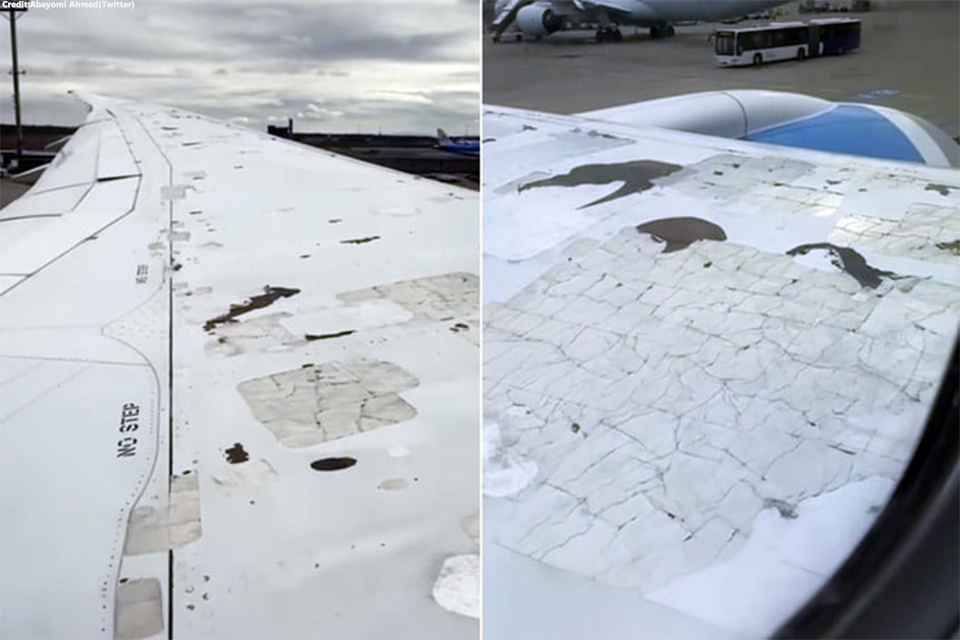Civil Aviation
Paint peeling on the wing of the Boeing 787 Dreamliner

A video circulating on social media has raised concerns about patches on the wings of Boeing 787 Dreamliner aircraft. Uzbekistan Airways addressed the issue, stating that paint peeling on composite parts of these planes has been ongoing for some time.
Boeing has requested temporary approval from the U.S. Aviation Administration to use “speed tape” on the affected areas of the wings and moving parts. This problem isn’t exclusive to Uzbekistan Airways; various operators worldwide, such as All Nippon Airways, Japan Airlines, United Airlines, American Airlines, and Air New Zealand, have reported similar issues.
Due to the impact of UV rays, all airlines frequently report that the paint coating on their aircraft is peeling. However, this is only a temporary solution; Boeing intends to add an extra top layer that blocks UV radiation in order to restore the peeling paint. The purpose of the “speed tape” is to stop more paint peeling. Boeing is not the only aircraft manufacturer having issues with paint on composite surfaces.
The Boeing 787 Dreamliner is a new generation aircraft composed of materials that are relatively new to aviation; roughly 80% of the aircraft is built of composites, which is the cause of this issue. The paint layers are unable to withstand the UV radiation and peel off in huge shards due to the elasticity of the wing during flight.
The manufacturer’s analysis states that this peeling is a cosmetic flaw that has no bearing on the airplane’s safety or airworthiness. where Boeing advised using special adhesive tape known as “speed tape” as a temporary fix.
Boeing Concern is working on a unique process for painting surfaces, and based on initial information, it plans to complete all required processes in the coming months of this year. The comfort and safety of Uzbekistan Airlines’ Boeing 787 Dreamliner aircraft is not impacted by this issue.

